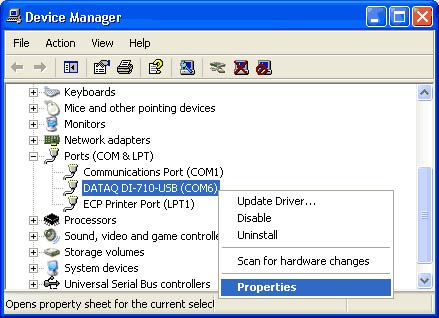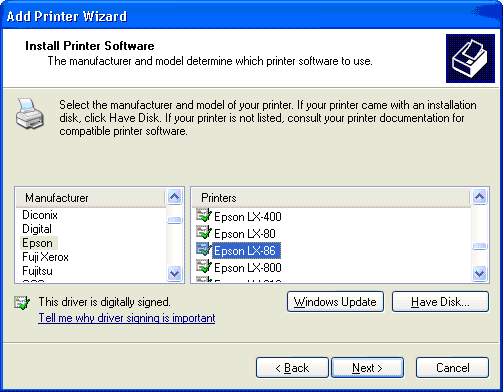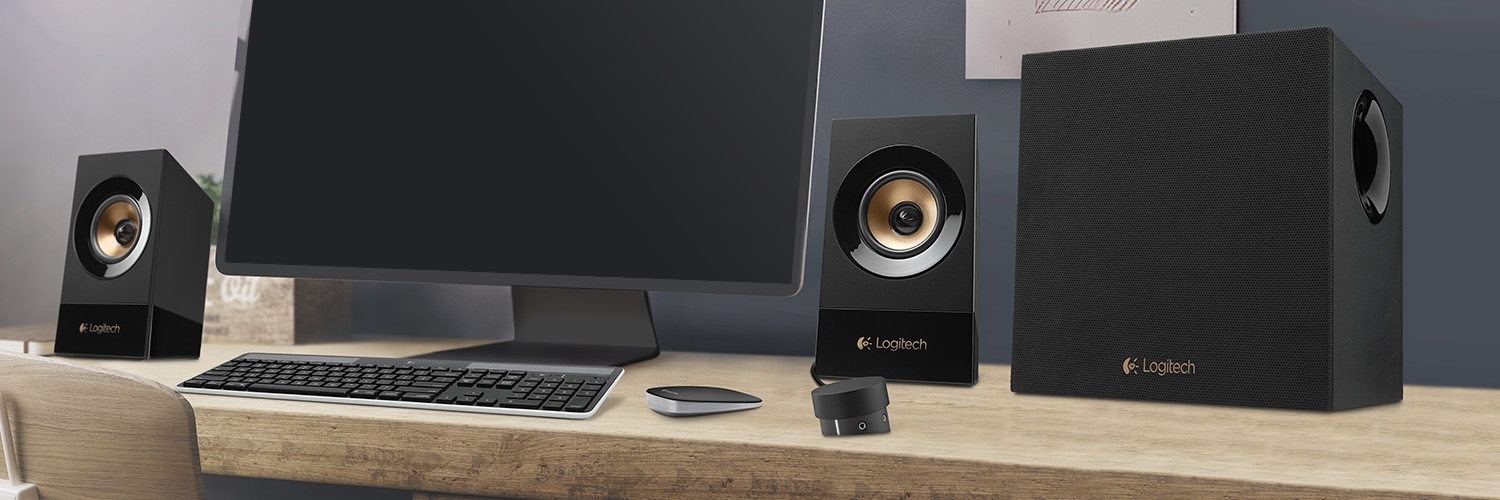- Rms Port Devices Driver Windows 10
- Rms Port Devices Driver Free
- Rms Port Devices Drivers
- Rms Port Devices Driver Download
- Scroll down to the LPT/ COM port then double click Prolific USB to Serial Comm Port; Click Driver in the Windows Properties section; The driver must be numbered as '2.0.2.8' and dates accordingly If the driver was not installed, remove the Serial adapter then run 'PL2303DriverInstaller.exe' again.
- The problem we are experiencing is with a new RMS install that the cash drawer just randomly quits working- The following is a brief history of what has happened thus far-Purchased a Dell Opti Plex 390 - Windows 7 pro. Installed a PCI Express Parallel adapter card for the Epson TM-T88IIP. Installed Driver for Express Adapter.
Also, UWP device apps can start from AutoPlay (on more devices than other apps can), automatically install the first time a device is connected, and extend the printer and camera experiences built into Windows 8.1 and Windows 10. This section describes what UWP device apps are and how device manufacturers can create them.
Introduction
This document decribes how to set up a basic RMS Gateway using LinBPQ - the Linux version of the BPQ32 Networking package. Although the instructions are slanted toward using a Raspberry PI, which because of the combination of small size and low price and power consumption makes a good choice for a gateway, the software can run on other Linux systems. Familiarity with the Winlink 2000 system is assumed, along with a (very) basic Linux knowledge.
Although there are other ways of providing a Packet RMS Gateway (eg LinuxRMS) LinBPQ has the advantage of supporting a range of Data over Radio protocols (eg Pactor, Robust Packet, WINMOR) as well as ax.25 Packet, allowing it to provide much the same facilites as RMS Trimode. Note that although WINMOR is supported, until a Linux port of the WINMOR TNC is produced, a separate Windows machine is required to run the TNC. LinBPQ can also run a store and forward system which can provide similar facilites to RMS Relay, and Winlink Client facilites similar to Paclink.
Rms Port Devices Driver Windows 10
BPQ32/LinBPQ is a pretty complex package, with many options. This document describes how to set up a simple, single protocol gateway without having to wade throuugh a lot of irrelevant stuff. Once you have a basic system running if you want to add other options it shouldn't seem so complicated. If you want more information, the full specification of bpq32.cfg is here .
Installation
If you are using a Raspberry Pi and are completely new to the PI, there are intructions on how to do the basic setup of the Pi Linux operating system here. Stop when you get to the 'Installing LinBPQ section and continue here.
I've written a simple script to download, install and configure LinBPQ as a Winlink RMS Gateway. The script can be seen here, and the configuration file bpq32.cfg it installs here
Download the script using wget, set it as executable and run it:
This will create the directory linbpq and download linbpq and other needed files into it. It will prompt for your callsign and edit bpq32.cfg with your call.
Configuration.
LinBPQ configuration is held in file bpq32.cfg. LinBPQ refers to links to the outside world as PORTS. These may be radio links, paths over the Internet, or wire links. For an RMS Gateway you need at least two - one to connect to the CMS over the Internet, and one for your users to connect to over radio. The management interface is Web based and uses the same port as CMS Access. A bpq32.cfg file with a Telnet port for management and connecting to a CMS is installed as by the above installation script. You will need to edit to add your Winlink PASSWORD. Replace CMSPASS with your RMS Gateway password, and user and password in the USER line with something suitable. You can change HTTPPORT, TCPPORT and FBBPORT to other values if they clash with ports you are using for other software. If you set LOCATOR to your Grid Square, the software will send you position to the BPQ32 Node Map.
Various options for radio ports are described below.
At this point if you wish you can start the software, and check that the CMS connection works using the Web Management Interface.
You should see something like
Note that LinBPQ is intended to run in the background, (see later for how to set this up) so you can't interact with it, except to shut it down withctrl/c
Open a Web browser, either on the LinBPQ machine or another on the same network and connect to 127.0.0.1:8080 if using a local browser or ipaddr:8080 if using a remote machine. You should see the node management page:
If you are connecting to 127.0.0.1 you will be logged into the management interface automatically. If not, you need to sign in using the SYSOP Signin link. If you haven't edited the USER line the user and password are 'user' and 'password'
Click on the Teminal Tab, end enter RMS to connect to the Winlink Server. You should see someting like
Type B to close your session to the CMS and click 'Close and Return to Node' to end your terminal session.
If this is ok, you can go on and configure your radio port(s).
Configuring Radio Ports
All radio ports include a WL2KREPORT line, which sets up reporting to the Winlink channels database. Edit this line with the infomation for your station. Fields are
Service, Host, Port, Callsign, Locator, Hours, Freq, Mode, Power, Ant Height, Ant Gain, Ant Direction
See here for more information on reporting to the WL2K staton database.
Packet
Using TNC-Pi
The TNCPi is a version of the TNC-X KISS TNC modified to be the same size as the PI and to connect to it via either its serial port or i2c bus. If you use i2c you can connect more than one TNC, but for simplicity this example uses the serial port. See here for instructions on using i2c.
Using other types of KISS TNC
Normally TNC's will be connected to the pi using USB, and will appear as device /dev/ttyUSB0.

Copy your bpq32.cfg after the Telnet Port config, and if necessary change parameters to suit you local packet network.

Robust Packet
Robust Packet is a protocol developed by SCS using standard ax.25 frames, but with a modulation method similar to Pactor II. It generally is considered to be more effective on HF than normal 300 baud FSK Packet. It normally runs at 600 baud, but can fall back to 300 on poor channels. It is supported by the SCS Tracker and some PTC models. It would be arather a waste to use a PTC just for Robust Packet, but it can also be ocmbined with Pactor - see the Pactor section for details
Rms Port Devices Driver Free
SCS Tracker.
The Tracker connects to the Pi using USB, and appears as /dev/ttyUSB0. Note that early PI kernels would crash when trying to access the tracker, so make sure your Kernel is up to date (at least Version 3.6.11+ Build 393)..
Change MYCALL to your callsign
Pactor
Most stations use one o the SCS range of comtrollers for Pactor, as these are the only ones that support Pactor II and above. However LinBPQ also supports AEA KAM and HAL controllers.
SCS Pactor Cotrollers.
Any of the SCS Pactor controllers can be used. These will normally connect via USB, ether via a USB-Serial converter or a built-in USB Port. You can also use the PI's built in serial port, but this would need a TTL (3.3V) to RS322 converter.
If you have a PTC PRO with Packet modules, these can be used on packet at the same time as the main port is used on Pactor.
If you have a non-PRO module you can use either Pactor or Robust Packet. The software can be set to scan between the two. This is decribed later in the section on scanning.
Alter PSKA and FSKA as requited. if you are using a Dragon, add the following line before ENDPORT. To comply with US regulations, the Dragon will be limited to P3. If your administration permits P4, also add MAXLEVEL=4
If you wish to use any packet ports on a PTC PRO, you will need to set suitable ax.25 params, for example:
These also go before ENDPORT
Scanning
Scanning is supported for most ICOM and Kenwood rigs with a CAT interface. Some Yeasu rigs are also supported, but as Yeasu dont have a standard, not all work.
Scanning is controlled by the RIGCONTROL configuration statement, which goes before ENDPORT. A example configuration is
Testing
When you have configured you redio port, close and restart LinBPQ, and you should now be able to connect to MYCALL-10 from your preferred WL2K client and send/receive message from the CMS.
17th July2017
If you are developing on Windows and want to connect a device for testing,then you need to install the appropriate USB driver. This pageprovides links to the web sites for several original equipment manufacturers (OEMs),where you can download the appropriate USB driver for your device.
If you're developing on Mac OS X or Linux, then you shouldn't need a USB driver.Instead read Using Hardware Devices.
To connect and debug with any of the Google Nexus devices using Windows, youneed to install the Google USB driver.
Install a USB driver
First, find the appropriate driver for your device from the OEM driverstable below.
Once you've downloaded your USB driver, follow the instructions below to install or upgrade thedriver, based on your version of Windows and whether you're installing for the first timeor upgrading an existing driver. Then see Using Hardware Devices forother important information about using an Android device fordevelopment.
Caution:You may make changes to android_winusb.inf file found insideusb_driver (for example, to add support for other devices),however, this will lead to security warnings when you install or upgrade thedriver. Making any other changes to the driver files may break the installationprocess.
Windows 10

To install the Android USB driver on Windows 10 for the first time, do the following:
- Connect your Android device to your computer's USB port.
- From Windows Explorer, open Computer Management.
- In the Computer Management left pane, select Device Manager.
- In the Device Manager right pane, locate and expand Portable Devices or Other Devices, depending on which one you see.
- Right-click the name of the device you connected, and then select Update Driver Software.
- In the Hardware Update wizard, select Browse my computer for driver software and click Next.
- Click Browse and then locate the USB driver folder. For example, the Google USB Driver is located in
android_sdkextrasgoogleusb_driver. - Click Next to install the driver.
Windows 8.1
To install the Android USB driver on Windows 8.1 for the first time, do the following:
- Connect your Android device to your computer's USB port.
- Access search, as follows:
Touch screen: On your computer, swipe in from the right edge of the screen and tap Search.
Using a mouse: Point to the lower-right corner of the screen, move the mouse pointer up, and then click Search.
- In the search box, type into and then click Device Manager.
- Double-click the device category, and then double-click the device you want.
- Click the Driver tab, click Update Driver, and follow the instructions.
Windows 7


To install the Android USB driver on Windows 7 for the first time, do the following:
- Connect your Android device to your computer's USB port.
- Right-click on Computer from your desktop or Windows Explorer, and select Manage.
- Select Devices in the left pane.
- Locate and expand Other device in the right pane.
- Right-click the device name (such as Nexus S) and select Update Driver Software. This will launch the Hardware Update Wizard.
- Select Browse my computer for driver software and click Next.
- Click Browse and locate the USB driver folder. (The Google USBDriver is located in
android_sdkextrasgoogleusb_driver.) - Click Next to install the driver.
Or, to upgrade an existing Android USB driver on Windows 7 and higher with the newdriver:
- Connect your Android device to your computer's USB port.
- Right-click on Computer from your desktop or Windows Explorer, and select Manage.
- Select Device Manager in the left pane of the Computer Management window.
- Locate and expand Android Phone in the right pane.
- Right-click on Android Composite ADB Interface and select Update Driver. This will launch the Hardware Update Wizard.
- Select Install from a list or specific location and click Next.
- Select Search for the best driver in these locations; uncheckSearch removable media; and check Include this location in thesearch.
- Click Browse and locate the USB driver folder. (The Google USBDriver is located in
android_sdkextrasgoogleusb_driver.) - Click Next to upgrade the driver.
Get OEM drivers
Rms Port Devices Drivers
| OEM | Driver URL |
|---|---|
| Acer | http://www.acer.com/worldwide/support/ |
| alcatel one touch | http://www.alcatelonetouch.com/global-en/support/ |
| Asus | https://www.asus.com/support/Download-Center/ |
| Blackberry | https://swdownloads.blackberry.com/Downloads/entry.do?code=4EE0932F46276313B51570F46266A608 |
| Dell | http://support.dell.com/support/downloads/index.aspx?c=us&cs=19&l=en&s=dhs&~ck=anavml |
| Fujitsu | http://www.fmworld.net/product/phone/sp/android/develop/ |
| HTC | http://www.htc.com/support |
| Huawei | http://consumer.huawei.com/en/support/index.htm |
| Intel | http://www.intel.com/software/android |
| Kyocera | http://www.kyocera-wireless.com/support/phone_drivers.htm |
| Lenovo | http://support.lenovo.com/us/en/GlobalProductSelector |
| LGE | http://www.lg.com/us/support/software-firmware |
| Motorola | https://motorola-global-portal.custhelp.com/app/answers/detail/a_id/88481/ |
| MTK | http://online.mediatek.com/Public%20Documents/MTK_Android_USB_Driver.zip (ZIP download) |
| Samsung | http://developer.samsung.com/galaxy/others/android-usb-driver-for-windows |
| Sharp | http://k-tai.sharp.co.jp/support/ |
| Sony Mobile Communications | http://developer.sonymobile.com/downloads/drivers/ |
| Toshiba | http://support.toshiba.com/sscontent?docId=4001814 |
| Xiaomi | http://www.xiaomi.com/c/driver/index.html |
| ZTE | http://support.zte.com.cn/support/news/NewsDetail.aspx?newsId=1000442 |
Rms Port Devices Driver Download
If you don't see a link for the manufacturer of your device here, go to the support section of the manufacturer's website and search for USB driver downloads for your device.
